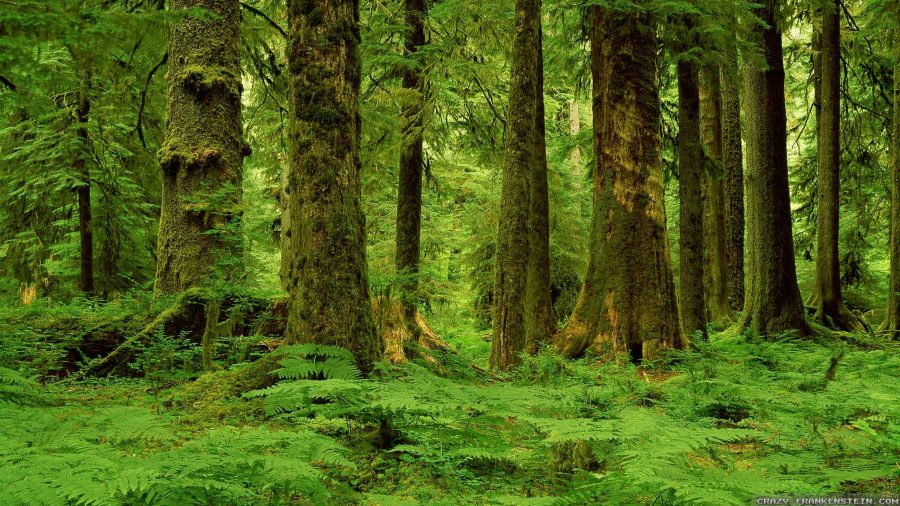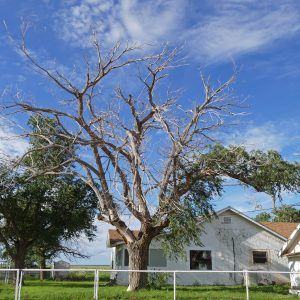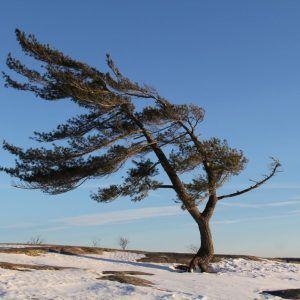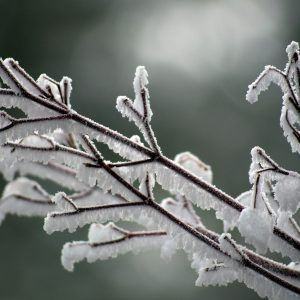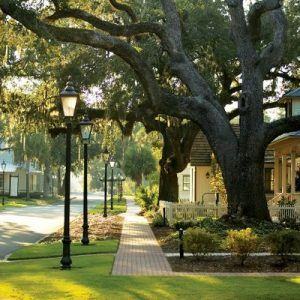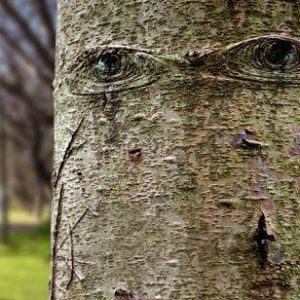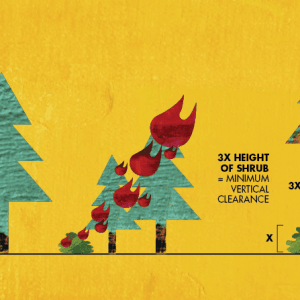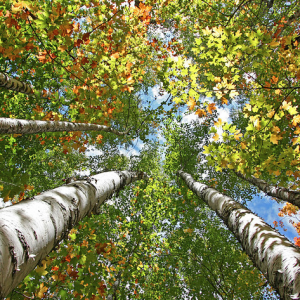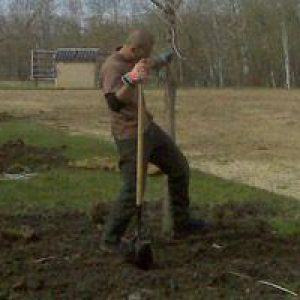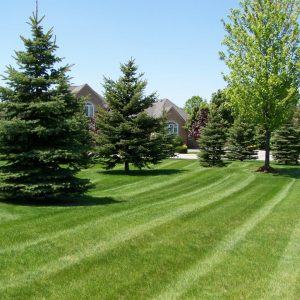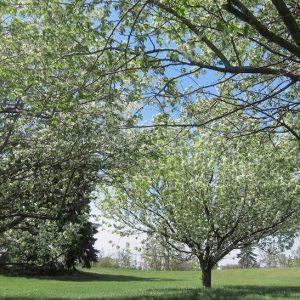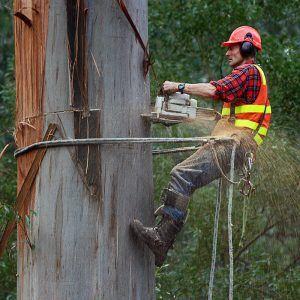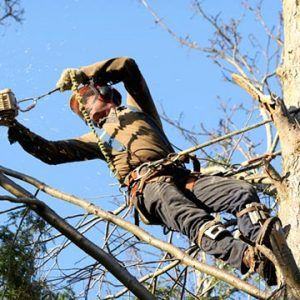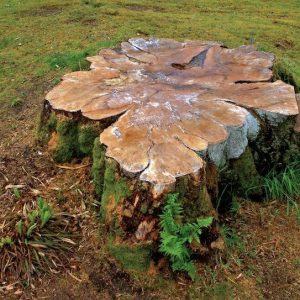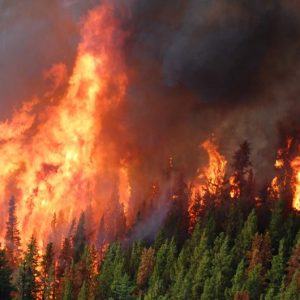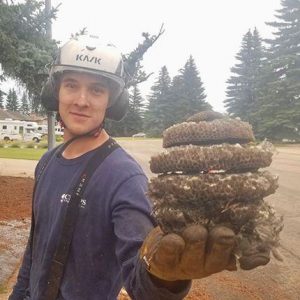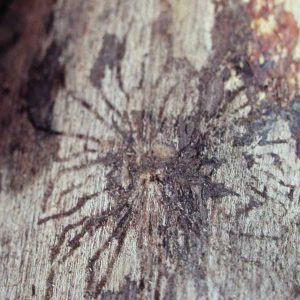As we’ve discussed here on the Chipps Tree Care blog several times in the past, it’s easy for most people to see trees as simple ornaments that provide shade, beauty and sometimes fruit. Somewhere in the back of our minds, we are aware that trees have something vaguely to do with oxygen, and that the deforestation of the planet is a bit of a problem. Realistically though, we do not take the time to truly understand the science and complex life behind trees; an epic adventure that unfolds over hundreds of years and has a huge impact on all living things on the planet.
As tree removal experts in Edmonton and the surrounding area, we typically deal with individual trees on your land that mostly add aesthetic value to the property and draw birds and pleasant (or not so pleasant) critters to frolic in your yard. In some cases – usually when working with a client in a more rural setting – we get an opportunity to work with a cluster of trees and tend to the interdependent health of those trees. This can be extremely interesting, since you see how diseases spread, how pests colonize and, most importantly, how trees defend themselves against these threats. If the pests and diseases get the upper hand, you may require stump removal services in Parkland County or Strathcona County, but hopefully we can get on the scene and take preventative action before it’s too late.
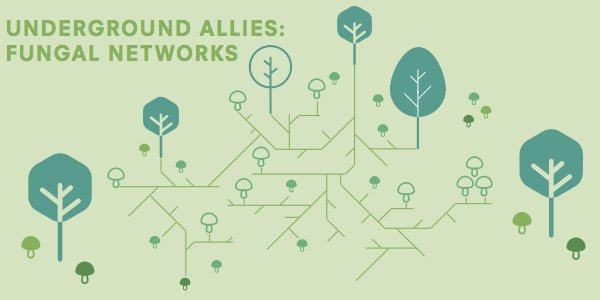
Beyond the trees on private property, however, we are very much interested in trees in the wild and the way that forests function. Until recently, it was thought that mushrooms and fungus were purely detrimental to plants, causing disease and impeding their health. But researchers in the 20th century realized that there is, in fact, a symbiotic relationship between fungi and trees whereby trees get phosphorus and nitrogen and mushrooms receive carbon-rich sugar. Almost all trees have fungus growing in their roots, and this fungus spreads throughout the entire floor of any given forest, allowing trees to share nutrients – a phenomenon we’ve discussed here on the blog before – and warning one other about threats. Trees already send warnings by aphid, but the wood-wide web – or myco-net as it is sometimes called – is much more precise and articulate, giving trees a better sense of how and when to react.
This complex relationship between fungus and forests is four hundred and fifty million years old and the complexity of this relationship has raised the question of whether a forest comprises many individual organisms, or whether it functions a single super-organism. Either way, one thing is certain: when you’re in the forest, there’s a whole network of transactional and social activity beneath your feet at times. So, if you thought that trees where just big, unintelligent plants living at the whim and mercy of nature, think again. Trees and intelligent fungus make up a badass hybrid that can defend itself – though not against chainsaws as of yet.
You can always contact us for tree care help on your own property, and we hope this post will inspire you to respect and appreciate trees a little more. Next time you take a walk in the woods, remember the magic of the forest!


